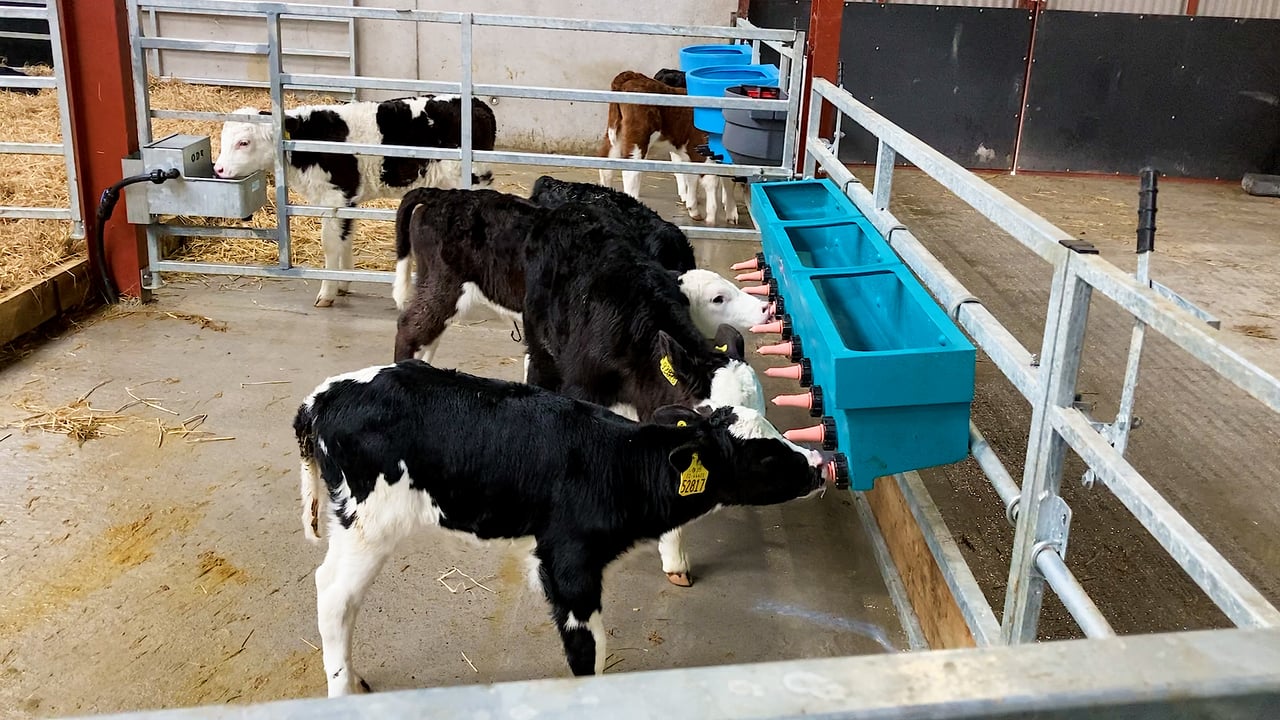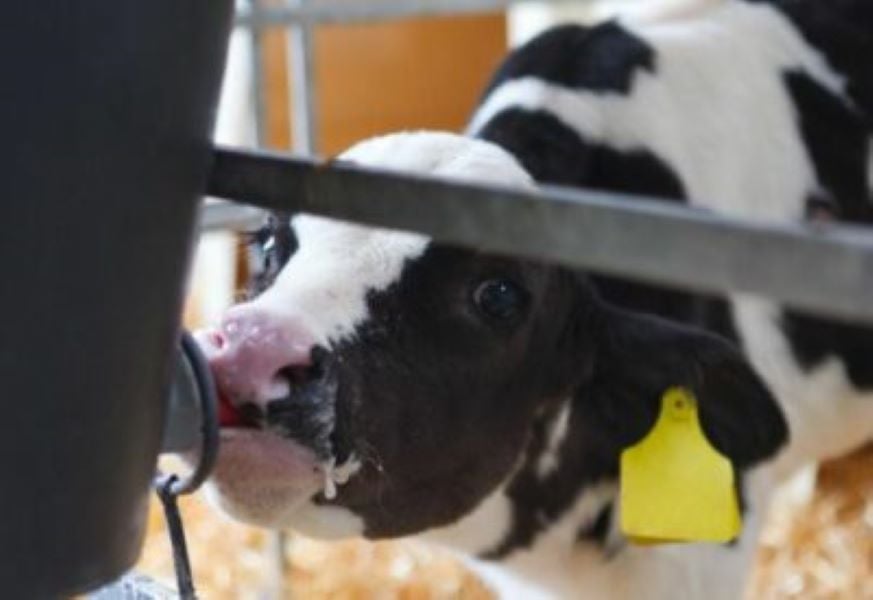Ensuring the last of the autumn calves get adequate colostrum
With the vast majority of the calves on the ground from October, farmers need to ensure November calves are still getting the attention and care they need.
This means feeding fresh calves the required amount of colostrum (beestings) to boost growth and animal welfare.
Quality colostrum management determines the calves' health and survival by boosting their immune system.
Colostrum is the first milk produced by cows, so following the 1,2,3 rule is vital before it turns to transition milk (second to eight milking).
- Feed colostrum from first milking;
- Feed within two hours of birth;
- Feed 3L of clean safe colostrum.
Beestings are crucial for early calf health as they contain immunoglobulins, energy, cytokines, growth factors and increased levels of vitamins and minerals with a higher fat and protein content.
Farmers should be using a brix refractometer to measure the amount of immunoglobulins a beesting contains, determining its quality before feeding.
Ideally you want to be feeding colostrum that is testing above 22% as it contains at least 50mg/ml of immunoglobulins; anything below 22% would not be considered good quality.
Storing and reheating
If you have a surplus of quality colostrum, there is no need to waste it. Beestings can be stored at 4℃ for two days or frozen at -18° to -25° for at least a year without negatively affecting its quality.
However, if you store it at an incorrect warm temperature, the absorption levels of immunoglobulins will decrease as bacterial contamination rises.
If you do decide to freeze colostrum, it may get you out of a bind if a freshly calved cow has issues such as mastitis.
However, when you finally need some frozen colostrum, reheating must be done correctly to maintain the quality.
It must be be slowly thawed at temperatures below 50℃, such as in a hot bucket of water, in order to not affect its water quality.
Do not use heating devices such as a microwave, as the excessive heat can cause coagulation of the proteins in the beestings.
For people who just cold store colostrum in a fridge, use a bucket of warmed water to heat it up.
In addition, when heating, maintain strict hygiene levels to prevent contamination.
Once heated, calves can be fed when colostrum is at a temperature of approximately 38℃.
Do not feed calves with colostrum that is any hotter than 50℃.






